People have been adopting gerbils and hamsters for many years. Both are adorable little creatures that make for excellent house pets.
However, some people have a hard time telling the critters apart. So, if you’re wondering, what is the difference between a gerbil and a hamster, you’ve come to the right place.
Let’s take a look at some of the distinctions between the species and what makes them special.
Table of Contents
Gerbil Origins
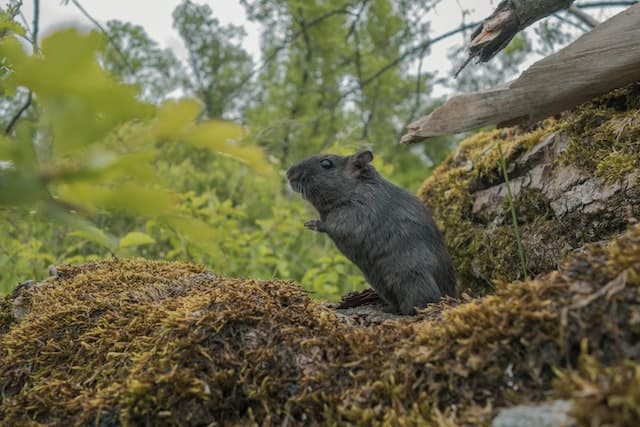
Gerbils are burrowing rodents native to some parts of Africa and others in Asia. They’re easy to take care of and don’t take up much room.
There’s a wide variety of species, but pets are usually Mongolian gerbils. These critters can thrive in many types of habitats.
For example, you can find gerbils in bush country, mountain valleys, and grasslands.
On top of that, these tiny furballs come with several coat shades.
The most common is gray, yet you can also find white, black, and gold hues.
Typically, the main body of a gerbil is about four inches long. In addition, they have extended tails that can also reach around four inches tall.
A pet gerbil will live an average of two or three years. Although, they can survive for up to eight years with the proper care.
Hamsters Origins
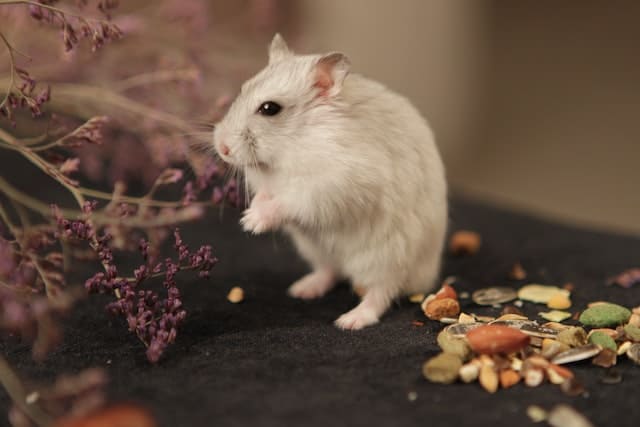
Hamsters are another species of burrowing rodents. This variety is native to southeast Europe, the Middle East, and Asia.
These tiny furballs are incredibly friendly, but they do prefer to be alone.
That means they may take up slightly more room than gerbils.
Moving on, there are a few species of hamsters that make excellent pets. The Syrian hamster is the most common variety and they come with white, golden, or gray coats.
Other than that, there are the Chinese and Dwarf species.
They all look similar, but there is a small change in size.
Moving on, the average lifespan of a hamster is around two years. Although they can survive for up to six years in captivity.
Gerbils vs. Hamsters
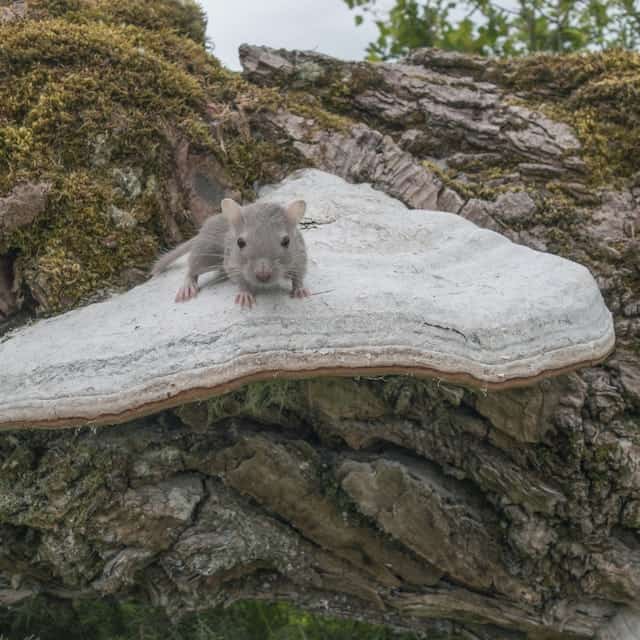
Now that we’ve covered some background information, let’s jump into the comparison. We’ll take a look at all the similarities and differences between the two species.
Appearance
At first glance, gerbils and hamsters may look quite similar. However, there are many physical distinctions between the two.
To begin with, gerbils have protruding, pointy noses, extended hind legs, and long tails. Hamsters, on the other hand, exhibit opposite traits.
For example, they have short noses, stocky hind legs, and stubby tails.
Even though gerbils have longer limbs, their overall size is smaller than hamsters.
On average, hamsters tend to be around seven inches long and weigh about eight ounces. As for gerbils, they’re closer to four inches long, and about two to four ounces.
That means that hamsters are a little easier to handle and move around.
Lastly, another major physical difference is the cheek pouches. Hamsters have roomy internal cheeks that can carry a large amount of food.
In fact, some hamsters can double the size of their heads with full storage pouches.
Coats
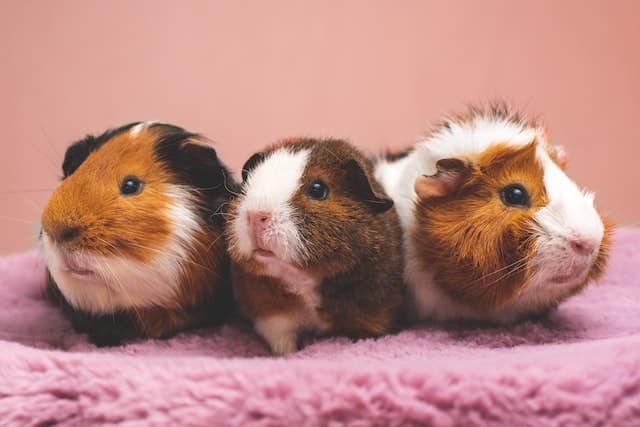
When it comes to their coats, gerbils and hamsters have similar traits. For instance, both species come with a wide variety of fur shades. Although gerbils have a wider selection of colors.
Moving on to the coat length, both critters have a few versions.
Hamsters can have short or long hair with distinct patterns. Usually, they’ll either have black bands that span across their backs, or white fluffy bellies.
As for gerbils, they tend to have longer coats and bushy tails. Some will grow dark patches on their heads, while others have white patches behind their ears.
Behavioral Habits
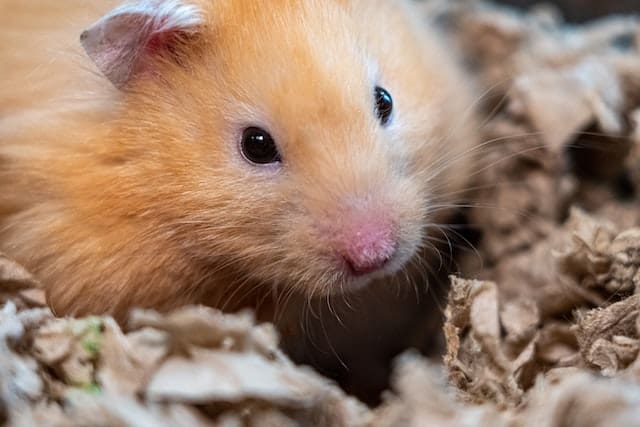
When picking out a pet, it’s crucial that you understand how they behave. This will allow you to choose a furry friend that matches your preferences.
Gerbils are active little furballs that enjoy socializing and can be quite friendly. They’re at their most energetic during the mornings and like to play around in their cages.
Generally, they’ll spend a good portion of their time digging burrows and building up their nests. Although, they’re also always ready to play.
As soon as you give a gerbil some attention, it’ll engage with you, and be ready to have fun.
Moving on, hamsters exhibit completely different behavioral patterns. For example, these critters are nocturnal, which means they’re usually active at night.
This is the exact opposite of gerbils.
Other than that, hamsters are slightly grumpier. When their owner wakes them up, they may get a bit of a temper. In addition, if they feel threatened, they may bite.
Even though hamsters are also burrowers, they’re typically a little lazier.
They’ll dig holes around their nests to store their extra food rations. Then, once that’s done, they spend most of their time lounging around their cages.
Nutrition
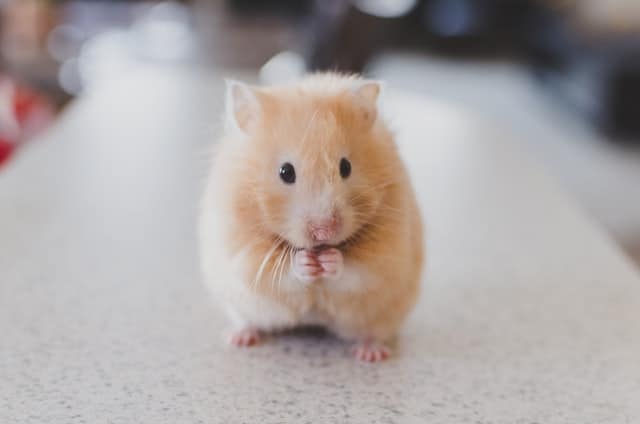
Both gerbils and hamsters eat seeds, fruits, and vegetables. In addition, they need some type of protein for a balanced diet.
When it comes to gerbils, they prefer crickets or mealworms. As for hamsters, their favorite treats are eggs or chicken.
Due to their larger sizes, hamsters will typically need more proteins in their diets.
Space Requirements
As you can imagine, hamsters will need a little more space than gerbils. Although, both species will need plenty of room to run around and play.
Gerbils prefer massive bedding areas where they can burrow and get to know the space.
Hamsters, on the other hand, prefer unbroken floor space to hop around. In addition, they need a hamster wheel to stay active.
Cleaning
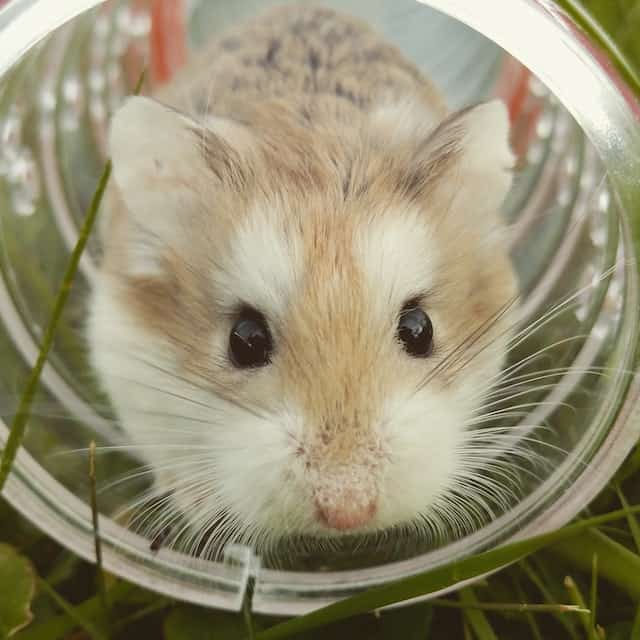
The two species are both relatively clean pets. They like to brush out their fur and remove any debris or dust. However, gerbils can be a bit messier.
On average, you’ll need to clean a gerbil’s home at least once every two weeks. This will ensure that waste doesn’t build up in the burrows.
As for hamsters, they only need cleaning once every four or five weeks.
Wrapping Up
What is the difference between a gerbil and a hamster? There are many distinctions that you can see straight away as soon as you look at the two animals.
For starters, hamsters are slightly bigger and have shorter lifespans. Other than that, gerbils tend to be friendlier and much more active.
